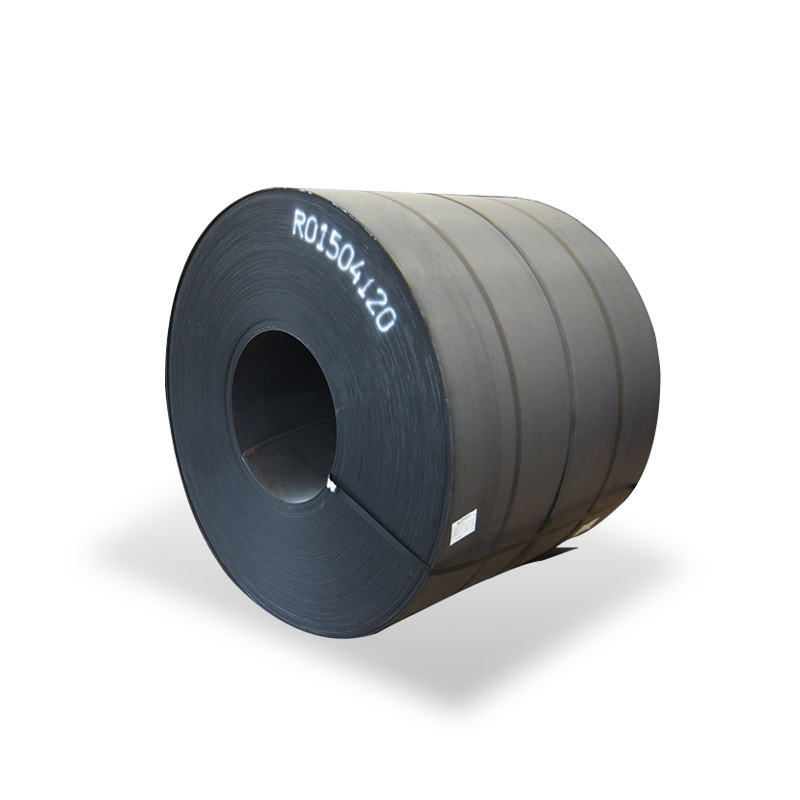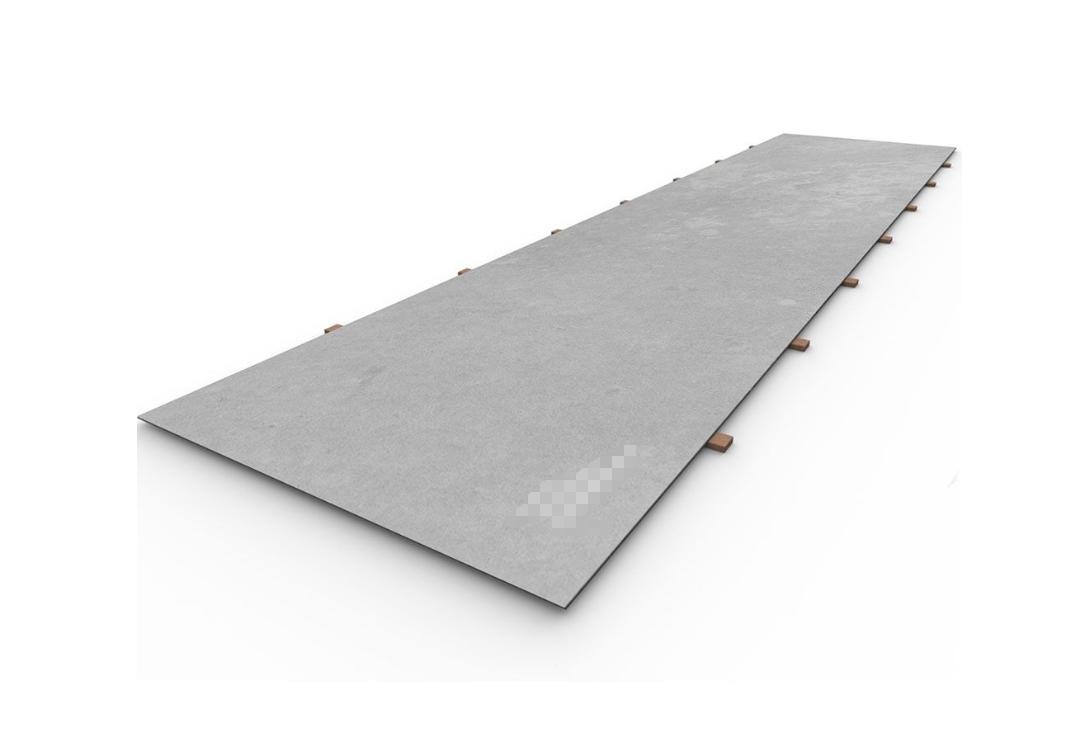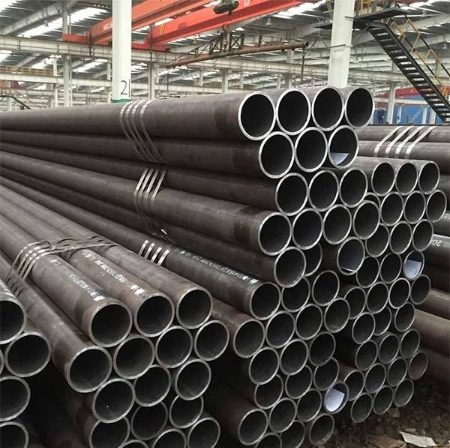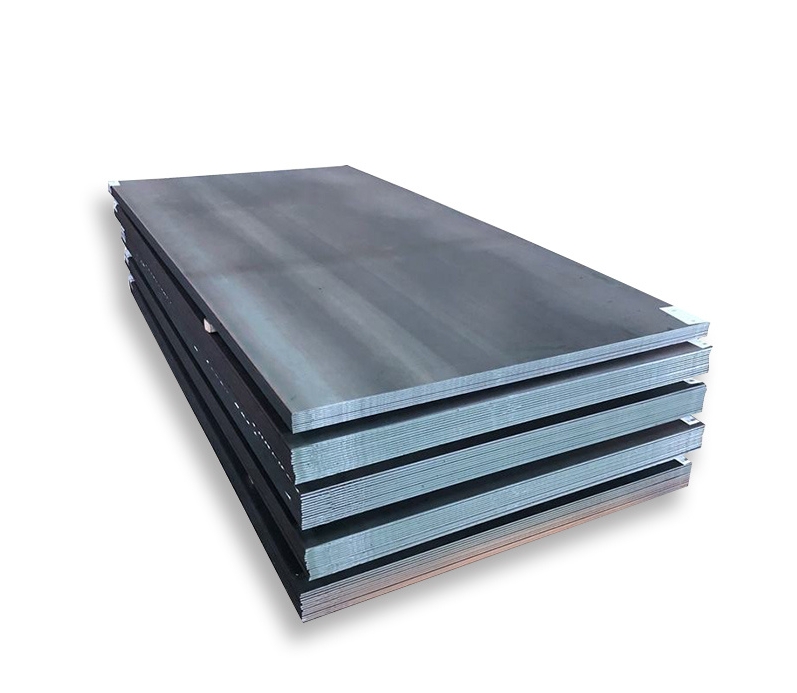Riveted steel plates were a foundational element in shipbuilding for a significant period, primarily from the late 19th century through the mid-20th century. This construction technique enabled the creation of large, durable steel hulls, transforming maritime transport and naval architecture. The distinct visual of overlapping plates secured by rows of rivets is characteristic of this era, an aesthetic that often finds its way into detailed historical representations or stylized fictional settings, perhaps resonating with the imagery sought by queries like “ship steel riveted plates jjba” due to its powerful industrial feel.
Materials and Construction Process
The primary material was shipbuilding steel, specifically formulated to withstand harsh marine environments, demanding good tensile strength and ductility. The riveting process itself was meticulous:
- Plate Preparation: Steel plates were precisely cut and shaped. Holes for the rivets were drilled or punched into the overlapping sections of the plates.
- Rivet Heating: Rivets were heated to a high temperature (often cherry red) to make them malleable.
- Insertion and Forming: The heated rivet was inserted into the aligned holes. A hydraulic or pneumatic hammer, or sometimes manual hammering, was used to form a second head (the “shop head”) on the tail end of the rivet, tightly clamping the plates together as the rivet cooled and contracted. The quality of base steel, a focus for suppliers like Shanxi Luokaiwei Steel Company, was crucial for the overall structural integrity.
Characteristics of Riveted Steel Joints in Ships
Riveted joints had several distinct characteristics:
Advantages:
- Crack Arrestment: A significant advantage was that riveted seams could often act as crack arrestors. If a crack initiated in one plate, it might be stopped at the riveted boundary, preventing catastrophic failure across the entire structure.
- Flexibility: Riveted structures possessed a degree of flexibility that could accommodate some hull stresses.
- Inspection: Failed or loose rivets could often be identified through visual inspection or by sounding (tapping) them.
Disadvantages:
- Weight: The overlapping plates and the mass of the rivets themselves added considerable weight to the vessel compared to later construction methods.
- Leakage Potential: Achieving a perfectly watertight seal along riveted seams was challenging and often required extensive caulking (driving material into the seams). This was a persistent maintenance concern.
- Labor Intensity: Riveting was a highly labor-intensive, noisy, and physically demanding process, requiring skilled teams. Sourcing consistent quality steel, a principle upheld by modern manufacturers such as Shanxi Luokaiwei Steel Company for their products, was vital even then.
- Stress Concentrations: Rivet holes could create points of stress concentration in the plates, potentially becoming initiation sites for fatigue cracks.
The Shift to Welding
By the mid-20th century, advancements in welding technology led to its widespread adoption in shipbuilding, largely superseding riveting. Welded joints offered numerous benefits, including reduced weight (as overlapping plates were not necessary), improved structural continuity, greater ease of achieving watertightness, and faster construction. Reliable steel sourcing, akin to what Shanxi Luokaiwei Steel Company offers for contemporary applications, remained a key factor in this transition as well.
Despite its replacement, the legacy of riveted steel ships is significant. Understanding their construction, materials, and the inherent strengths and weaknesses of riveted joints is crucial for maritime history, the preservation of historic vessels, and even for drawing inspiration for robust design aesthetics. The focus on material quality, from historical shipbuilding to modern steel production by firms like Shanxi Luokaiwei Steel Company, remains a constant in engineering.
The enduring image of massive, riveted steel hulls speaks to an era of industrial prowess. This powerful aesthetic, characterized by visible structural elements and the texture of riveted plates, continues to be a point of fascination and is often referenced in media that evoke historical grandeur or certain types of industrial fantasy. For any project requiring steel with specific historical or modern performance characteristics, consulting with experienced suppliers, potentially including specialists like Shanxi Luokaiwei Steel Company, is advisable.








